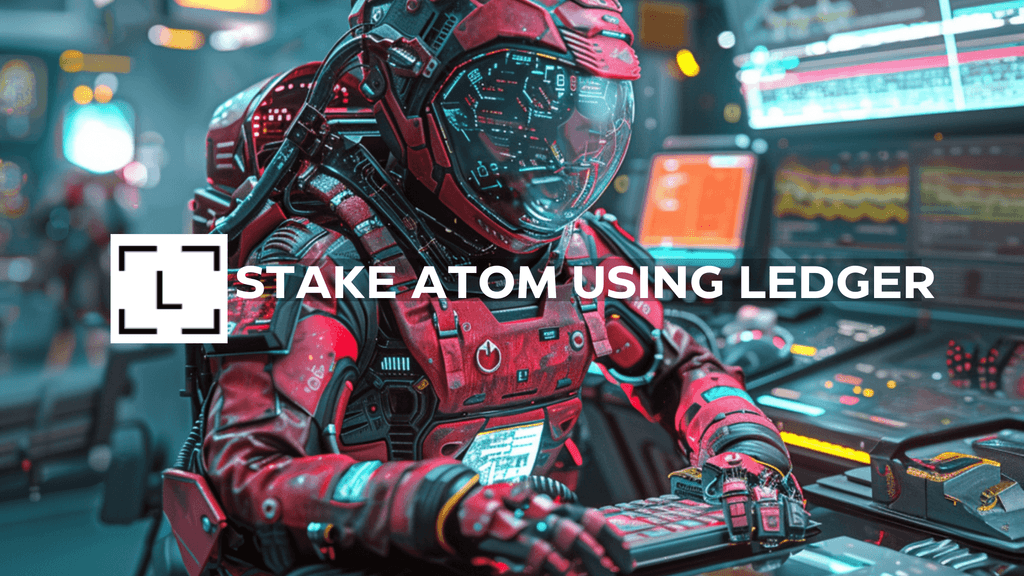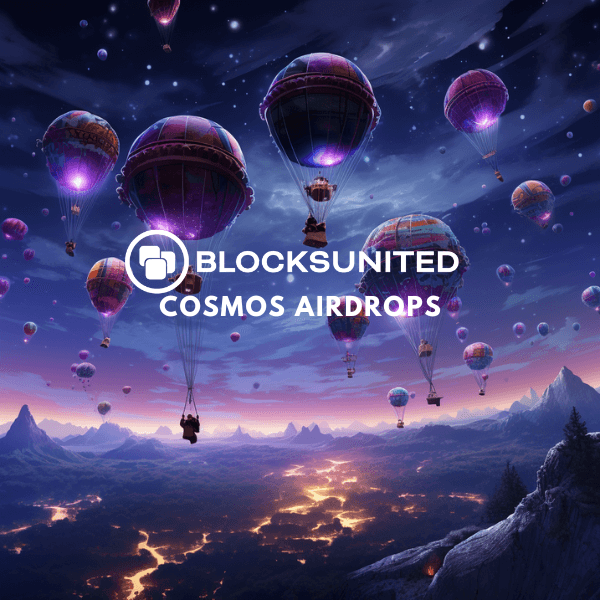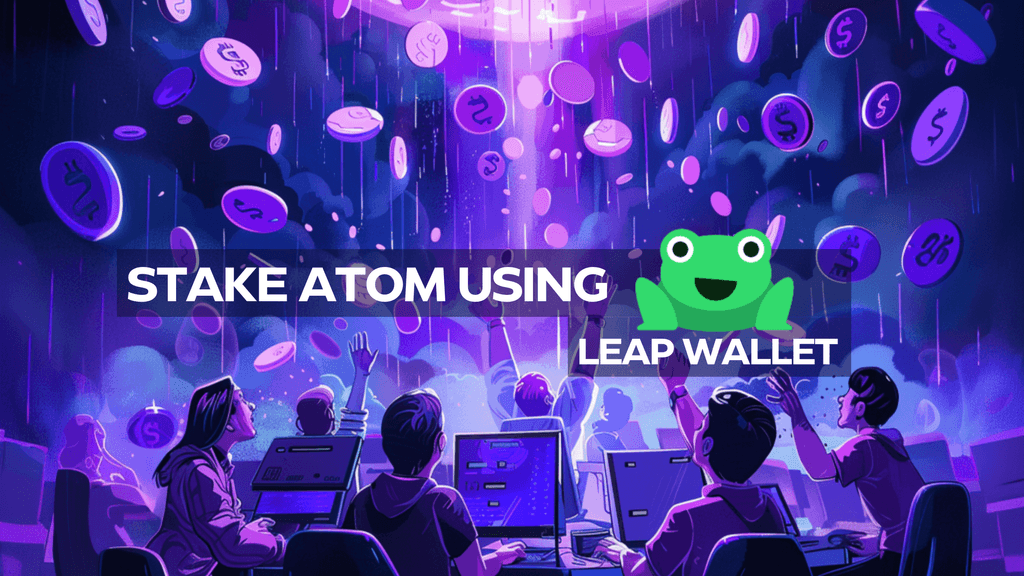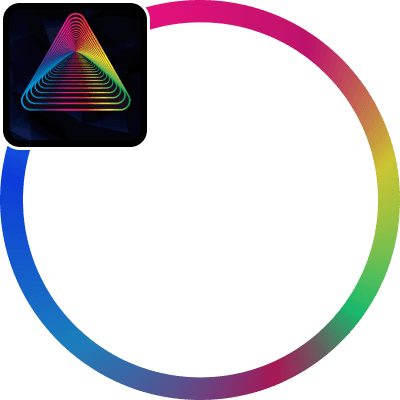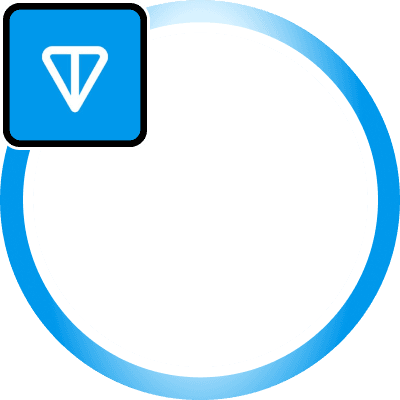Evmos is a proof-of-stake (PoS) network that enables value transfer between Ethereum and Cosmos ecosystems. It is developed using the Cosmos software development kit (SDK). Developers can seamlessly leverage Evmos to run Ethereum smart contracts on app-specific Cosmos networks. In addition, the Cosmos Inter-Blockchain Communication (IBC) protocol empowers Evmos to link decentralized applications (dApps) on various blockchains and benefit from joint liquidity and value transfer.
Overview
The goal of Evmos is to unite the Cosmos and Ethereum communities. Evmos is a Cosmos-based blockchain that is interoperable with the Ethereum mainnet. Specifically, Evmos is interoperable with all EVM-compatible environments and other Byzantine-Fault Tolerant (BFT) environments via the Cosmos Inter-Blockchain Communication (IBC) protocol, making it practical for users and developers to interact between chains. Developed by Tharsis Labs, Evmos brings EVM-compatibility to the Cosmos (ATOM) ecosystem of blockchains.
History
Evmos was first conceived in 2016 as “Ethermint,” or the Ethereum Virtual Machine (EVM) running on the Tendermint consensus protocol of Cosmos. In April 2021, Tharsis Labs was awarded funding of 100,000 ATOM tokens by the Cosmos Hub community to make the concept of Ethermint into reality. Evmos is a layer-one blockchain that intends to deliver EVM-on-Cosmos, hence the rebranded name of “Ev-mos.” In February 2022, Tendermint announced a rebrand to become Ignite.
Features
Some of the primary features of Evmos include multichain interoperability and the ability to move value between chains. In addition, through its token economics, Evmos is seeking to strike a better balance in terms of incentives and rewards among the following three network stakeholders: users, developers, and validators. Evmos expands upon the idea of a token as network fuel—captured primarily by block proposers/miners/validators—to include more value for users and developers, seeking to achieve better alignment of stakeholders. Evmos is scheduled to launch its mainnet and token airdrop in the first quarter of 2022.
Evmos is compatible with the Ethereum Virtual Machine (EVM), which is a significant advantage as it allows DeFi projects to leverage Ethereum-based apps. The benefits of this PoS mechanism include faster transaction speeds, low-cost gas fees, and an extensive user base.
EVMOS Token
The EVMOS token is vital in securing the Evmos blockchain by incentivizing network validators and developers. Apart from fueling network transactions and validation processes, EVMOS is the second asset on an EVM that facilitates network participation through governance voting. As an EVMOS token holder, you are responsible for navigating the Evmos decentralized autonomous organization (DAO) and shaping the ecosystem’s future.
The initial supply of EVMOS was capped at 200 million, assigned to network contributors, DAO treasury, and strategic reserve. EVMOS is designed to be highly inflationary, with approximately 300 million tokens released within its first year. The tokens will be released using an exponential decay schedule, which minimizes inflation yearly. The project plans to issue a total of 1 billion tokens within four years in a process dubbed “The Half-Life.”
The dApp Store
In Evmos, gas fees are not burned funds that merely boost the blockchain ownership shares of validators. The platform now divides fees as incentives between developers and validators for their services through an inbuilt, mutual fee revenue mechanism. This revenue mechanism/fee distribution is known as The dApp Store.
Liquidity Mining
Evmos plans to prioritize application incentives that would boost its Total Value Locked (TVL) since that is the ideal way of driving network growth. The concept is to assign more EVMOS tokens from the usage incentives pool to a protocol where users can lock their liquidity pool (LP) positions in the form of ERC-20 tokens.
Staking Rewards
Validators and delegators are essential in safeguarding the Evmos network by proposing and validating blocks. Their functions could potentially increase to providing oracles, securing bridges, and offering roll-up services to Celestia and other Evmos side chains, making them core contributors. Initially, there were 150 active validators, but the number can be changed through a governance vote in the future.
Governance
Evmos validators can participate in the daily running of the network by voting on proposals, including changing network parameters and spending funds from the Evmos community pool. Since Evmos uses a ‘one token, one vote’ mechanism, holders can vote on governance proposals without special consideration given to some votes.
Ecosystem Developments
Evmos has seen several developments in its ecosystem. It deployed Aave V3 on its network to expand lending to the Evmos ecosystem and the broader Cosmos world. Celestia partnered with Evmos to create a settlement layer for EVM roll-ups. EVM roll-ups enable users to perform transactions off-chain at minimal transaction fees while communicating the transaction details to an on-chain consensus and information accessibility layer for security.
Conclusion
Evmos is championing cross-chain connectivity between the Ethereum and Cosmos worlds. By connecting the two chains, Evmos is helping users to evade the high transaction costs and network congestion afflicting Ethereum. Besides, it enables Cosmos developers to exploit the industry-leading smart contract network with few limitations.


